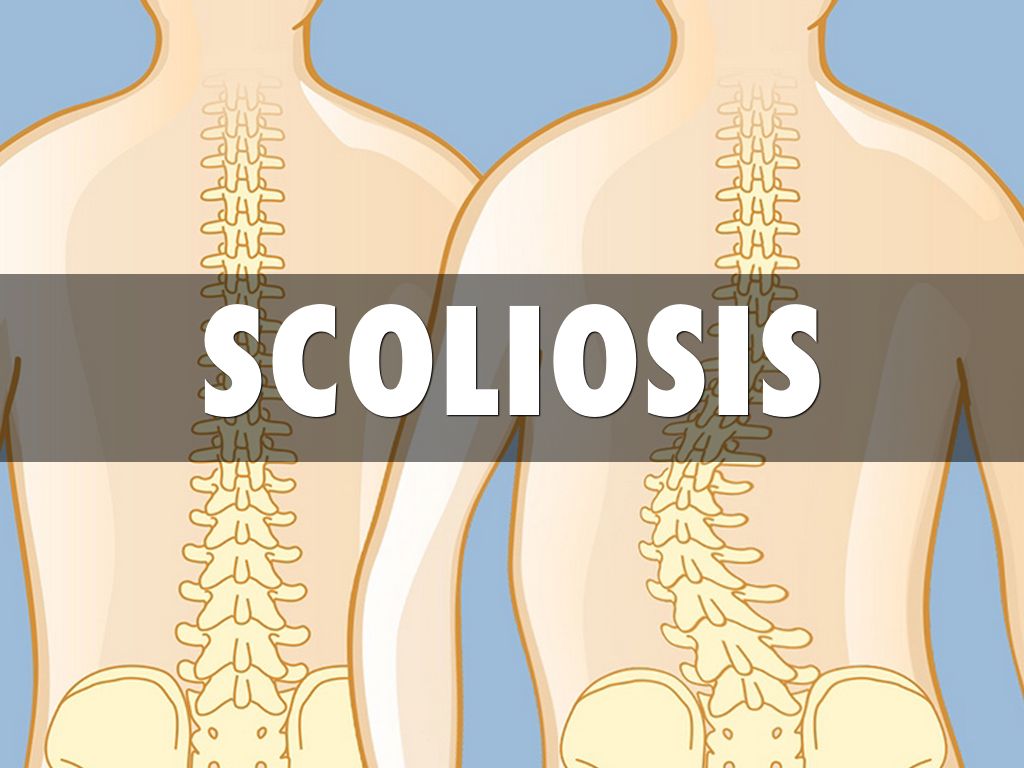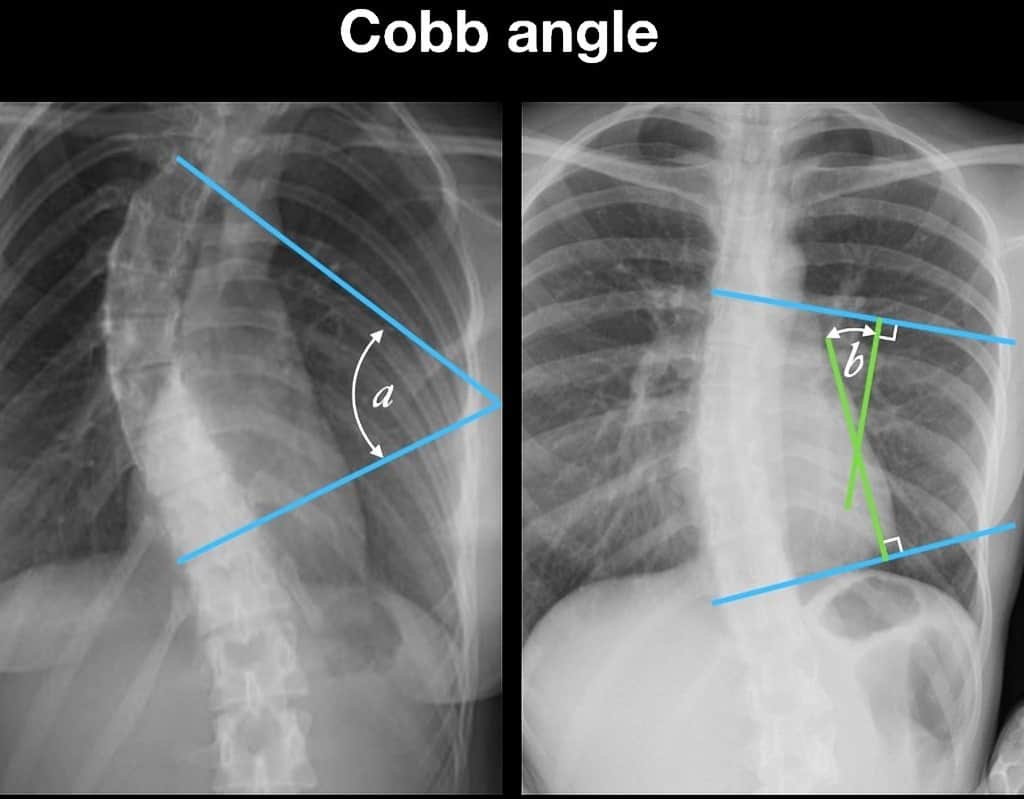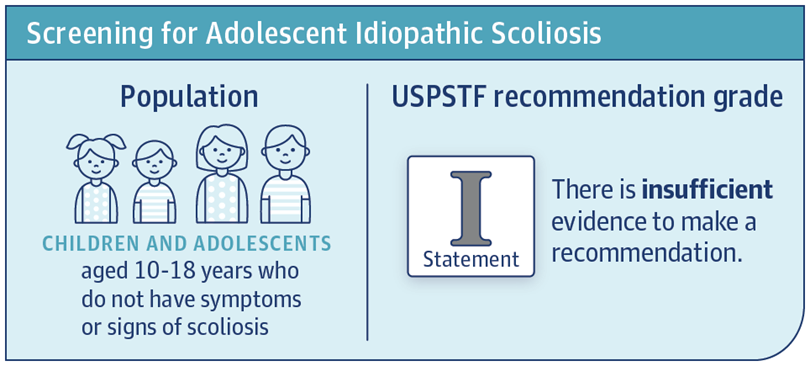Scoliosis is a medical condition characterized by an abnormal curvature of the spine. It can affect people of all ages, but it is most commonly diagnosed during adolescence. Early detection of scoliosis is crucial for effective management and prevention of further progression. Scoliosis screening plays a vital role in identifying individuals with this condition at an early stage. In this article, we will provide an overview of scoliosis screening, including its definition, causes, methods, importance in early detection, and challenges associated with it.

Understanding Scoliosis: Definition and Causes
Scoliosis is defined as a lateral curvature of the spine, which can be either structural or nonstructural. Structural scoliosis refers to a fixed curvature caused by underlying anatomical abnormalities, such as vertebral malformations or muscular imbalances. Nonstructural scoliosis, on the other hand, is a temporary curvature that can be corrected by addressing the underlying cause, such as muscle spasms or leg length discrepancies.
The exact causes of scoliosis are still not fully understood. However, certain risk factors have been identified, including genetics, neuromuscular conditions, and hormonal imbalances. It is estimated that approximately 80% of scoliosis cases have no known cause and are classified as idiopathic scoliosis.

The Importance of Early Detection in Scoliosis
Early detection of scoliosis is crucial for several reasons. Firstly, it allows for timely intervention and treatment, which can prevent the progression of the curvature and minimize the need for invasive procedures. Secondly, early detection enables healthcare professionals to monitor the condition closely and intervene if necessary, ensuring optimal outcomes for the patient. Lastly, early detection can help alleviate the physical and psychological burden associated with scoliosis, as early intervention can lead to better management and improved quality of life.
Common Signs and Symptoms of Scoliosis
Scoliosis can present with a variety of signs and symptoms, which may vary depending on the severity of the curvature. Common signs include uneven shoulder or hip levels, a visible curvature of the spine, asymmetrical waistline, and a prominent shoulder blade. In some cases, scoliosis may also cause back pain, muscle stiffness, and difficulty breathing. It is important to note that scoliosis can be painless, especially in its early stages, making regular screening even more crucial.
Methods of Scoliosis Screening: Physical Examination
Physical examination is the primary method used for scoliosis screening. During a physical examination, a healthcare professional will assess the patient’s posture, spinal alignment, and range of motion. They may also perform the Adam’s forward bend test, where the patient bends forward at the waist while the examiner observes for any asymmetry or abnormal curvature of the spine. If scoliosis is suspected, further diagnostic tests, such as radiographic imaging, may be recommended.
Methods of Scoliosis Screening: Radiographic Imaging
Radiographic imaging, such as X-rays, is often used to confirm the diagnosis of scoliosis and assess the severity of the curvature. X-rays provide detailed images of the spine, allowing healthcare professionals to measure the degree of curvature and determine the appropriate course of treatment. However, due to the potential risks associated with radiation exposure, X-rays are typically reserved for cases where physical examination suggests scoliosis or when the curvature is suspected to be severe.

Other Diagnostic Tools for Scoliosis Screening
In addition to physical examination and radiographic imaging, other diagnostic tools may be used for scoliosis screening. One such tool is the scoliometer, a handheld device that measures the angle of trunk rotation (ATR). The scoliometer is a non-invasive and cost-effective method that can be used to monitor the progression of scoliosis over time. Another tool is the surface topography, which uses specialized cameras to create a three-dimensional image of the patient’s back, allowing for precise measurements of the curvature.
Scoliosis Screening in Schools: The Role of Physical Education
Scoliosis screening programs in schools play a crucial role in early detection and intervention. Physical education teachers are often trained to perform basic scoliosis screenings, allowing for the identification of potential cases among students. These screenings typically involve visual assessments of the spine and referral for further evaluation if necessary. By implementing scoliosis screening in schools, healthcare professionals can reach a large number of individuals at a young age, increasing the chances of early detection and intervention.
Scoliosis Screening in Healthcare Settings: Pediatrician’s Perspective
Pediatricians play a vital role in scoliosis screening, as they are often the first point of contact for children and adolescents. During routine check-ups, pediatricians assess the child’s growth and development, including the spine. They may perform a physical examination and refer the child for further evaluation if any signs of scoliosis are detected. Pediatricians also play a crucial role in educating parents and caregivers about the importance of scoliosis screening and the available treatment options.
Scoliosis Screening Guidelines: Recommendations for Different Age Groups
Various organizations have developed guidelines and recommendations for scoliosis screening in different age groups. The Scoliosis Research Society (SRS) recommends routine scoliosis screening for girls aged 10-12 and boys aged 13-14, as this is the period of rapid growth when scoliosis is most likely to develop. The American Academy of Orthopaedic Surgeons (AAOS) recommends screening for all children at ages 10 and 12. However, it is important to note that these guidelines may vary depending on the country and healthcare system.
Challenges and Limitations of Scoliosis Screening
Despite the importance of scoliosis screening, there are several challenges and limitations associated with it. One of the main challenges is the lack of standardized screening protocols, leading to variations in screening practices across different healthcare settings. Additionally, scoliosis screening programs may face logistical challenges, such as limited resources and time constraints. Furthermore, scoliosis screening may not be able to detect all cases, especially in its early stages or in individuals with mild curvature. Therefore, it is important to raise awareness about scoliosis and encourage individuals to seek medical attention if they notice any signs or symptoms.
Conclusion: Promoting Early Detection for Better Scoliosis Management
Scoliosis screening plays a crucial role in the early detection and management of this condition. By identifying scoliosis at an early stage, healthcare professionals can intervene and provide appropriate treatment, preventing further progression and minimizing the need for invasive procedures. Physical examination, radiographic imaging, and other diagnostic tools are used to screen for scoliosis, with physical education teachers and pediatricians playing important roles in school and healthcare settings, respectively. However, scoliosis screening programs face challenges and limitations, highlighting the need for standardized protocols and increased awareness. By promoting early detection, we can ensure better scoliosis management and improve the quality of life for individuals with this condition.
References
- Weinstein, S.L., Dolan, L.A., Cheng, J.C., et al. “Adolescent idiopathic scoliosis.” Lancet. 2008;371(9623):1527-1537. doi: 10.1016/S0140-6736(08)60658-3
- Negrini, S., Donzelli, S., Aulisa, A.G., et al. “2016 SOSORT guidelines: Orthopaedic and rehabilitation treatment of idiopathic scoliosis during growth.” Scoliosis and Spinal Disorders. 2018;13:3. doi: 10.1186/s13013-018-0175-8
- American Academy of Orthopaedic Surgeons (AAOS). “Scoliosis in Children and Teens.” Available at: AAOS Website
- Scoliosis Research Society. “Screening for scoliosis.” Available at: SRS Website
- Lonstein, J.E., and Carlson, J.M. “The prediction of curve progression in untreated idiopathic scoliosis during growth.” Journal of Bone and Joint Surgery. 1984;66(7):1061-1071. doi: 10.2106/00004623-198466070-00008
- U.S. Preventive Services Task Force (USPSTF). “Screening for Adolescent Idiopathic Scoliosis: Recommendation Statement.” JAMA. 2018;319(2):165-172. doi: 10.1001/jama.2017.19342
- Hresko, M.T. “Clinical practice. Idiopathic scoliosis in adolescents.” New England Journal of Medicine. 2013;368(9):834-841. doi: 10.1056/NEJMcp1209063
- Bettany-Saltikov, J., Weiss, H.R., Chockalingam, N., et al. “Surgical versus non-surgical interventions in people with adolescent idiopathic scoliosis.” Cochrane Database of Systematic Reviews. 2015;2015(4). doi: 10.1002/14651858.CD010663.pub2
- Parent, E.C., Newton, P.O., Wenger, D.R. “Adolescent idiopathic scoliosis: Etiology, anatomy, natural history, and bracing.” Instructional Course Lectures. 2005;54:529-536. Available at: PubMed
- Bunnell, W.P. “Selectivity in screening for scoliosis.” Journal of Bone and Joint Surgery. 2005;87(9):1957-1962. doi: 10.2106/00004623-200509000-00001

